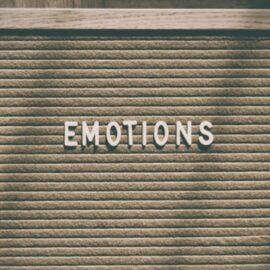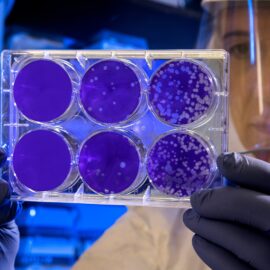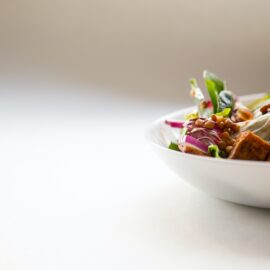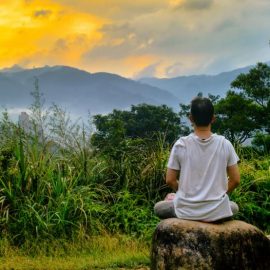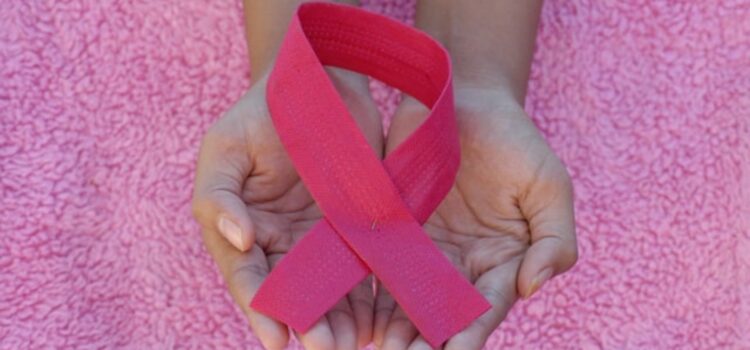
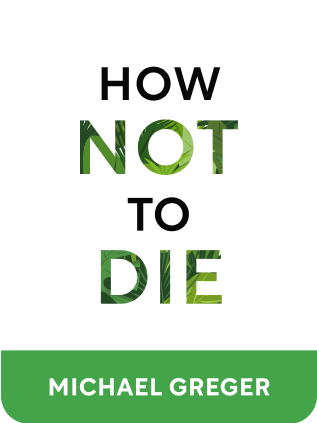
This article is an excerpt from the Shortform book guide to "How Not to Die" by Michael Greger. Shortform has the world's best summaries and analyses of books you should be reading.
Like this article? Sign up for a free trial here .
How deadly is breast cancer? What is the main cause of breast cancer? Can breast cancer be prevented?
Around 41,000 people die from breast cancer and 230,000 are diagnosed annually. A number of different factors can contribute to the risk of developing breast cancer, many of which are related to lifestyle. Therefore, the likelihood of breast cancer can be significantly reduced by making healthy lifestyle choices.
Keep reading to learn about breast cancer causes and prevention.
Breast Cancer Causes and Prevention
Breast cancer has many possible causes, many of which are related to lifestyle. As such, prevention is all about a healthy diet and exercise. Below is a brief overview of breast cancer causes and prevention measures from How Not to Die by Michael Greger.
Risk Factors Breast Cancer
Alcohol
- The metabolic product of alcohol, acetaldehyde, is the carcinogen.
- Even moderate drinking—one drink a day—shows a small increase in the risk of breast cancer.
- Red wine is exempt from this effect, possibly because of compounds in grape skins that suppress estrogen synthase.
Decreased melatonin
- Melatonin regulates sleep and circadian rhythm and is secreted in the dark. Melatonin suppresses cancer growth.
- Blind women (who secrete melatonin constantly) shows half the odds of breast cancer.
- Women who work on night shifts show an increased relative risk (1.14) for breast cancer.
- Higher vegetable intake increases melatonin levels; meat lowers melatonin.
Heterocyclic amines (HCAs)
- HCAs are produced when cooking meat at high temperatures.
- Meat eaters who eat well-done meat eaters show 5x the odds of breast cancer compared to people who eat rare meat. Well-done meat eaters also show a higher risk of colon, esophagus, lung, pancreas, prostate, and stomach cancer.
- Mechanism of action: a particular HCA (PhIP) has estrogen-like effects and induces breast-cancer cell growth.
Cholesterol
- LDL may be used by breast cancer to synthesize estrogen or tumor membranes for cell growth.
- Women with total cholesterol >240 show a 17% increased risk of breast cancer vs. those with cholesterol <160.
How Not to Die from Breast Cancer
Exercise
- Five hours a week of vigorous aerobic exercise lowers estrogen and progesterone by 20%.
- Walking an hour a day shows reduced relative risk (0.91) when controlled for BMI.
Fiber
- Premenopausal women who ate 6g of fiber a day had 62% lower odds of breast cancer vs those eating <4g a day.
- Every 20g fiber/day showed a 15% lower risk of breast cancer.
- Getting up to a minimum of 25g/day may be required to show an effect. The average vegetarian may only get 20g/day.
Apples
- Daily apple eaters show 24% lower odds of breast cancer (and also of ovarian, laryngeal, and colorectal cancers).
- Apples contain antioxidants in skin that seem to suppress breast cancer cell growth in vitro.
- Compounds in skin reactivate maspin (mammary serine protease inhibitor) which reduces cancer growth.
Cruciferous Vegetables
- 250g each of broccoli and brussels sprouts per day reduced heterocyclic amine (HCA) levels in urine by around 22%.
- Mechanism of action: may improve liver function to detoxify HCAs.
- Sulforaphane suppresses the ability to form tumors. To match the levels of sulforaphane used in in vitro studies, you would need to eat ¼ cup of broccoli sprouts a day
Flaxseeds
- Contain lignans and phytoestrogens that dampen the effects of human-made estrogen.
- 1 tbsp of flaxseeds can extend a woman’s menstrual cycle by a day.
- A study of cancer patients showed that eating a 25g flaxseed muffin caused a 31% increase in apoptosis and a 71% reduction in C-erB2 (a marker of cancer aggressiveness).
Soy
- Women with breast cancer who ate the most soy had reduced mortality and recurrence of cancer.
- Eating soy during childhood cuts the risk of breast cancer in adulthood by half. Eating soy as an adult reduces risk by 25%.
- Soy contains phytoestrogens, which stimulate the estrogen receptor less strongly and compete against estrogen for binding.
- Soy may reactivate the anti-cancer BRCA genes through demethylation.
Miscellaneous Foods
- Green tea consumption is associated with a 30% reduction in breast cancer risk.
- Mushrooms: >1/2 a mushroom per day shows 64% lower odds of breast cancer.

———End of Preview———
Like what you just read? Read the rest of the world's best book summary and analysis of Michael Greger's "How Not to Die" at Shortform .
Here's what you'll find in our full How Not to Die summary :
- The health benefits of a plant-based, whole-food diet
- How to reduce your risk of developing the most common diseases that can kill you
- The 12 foods you should eat daily to maximize health benefits

